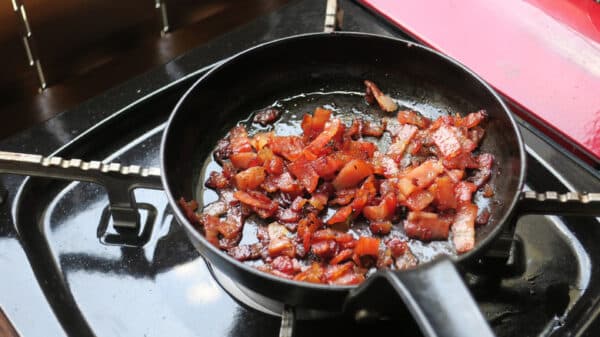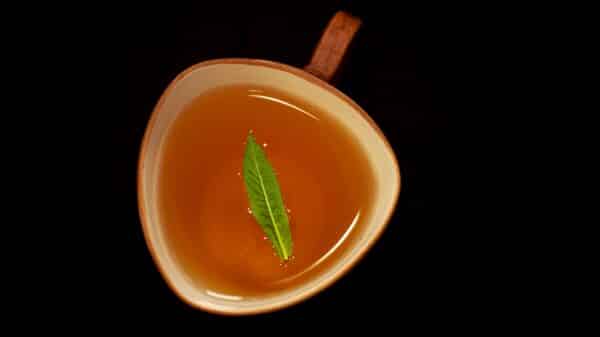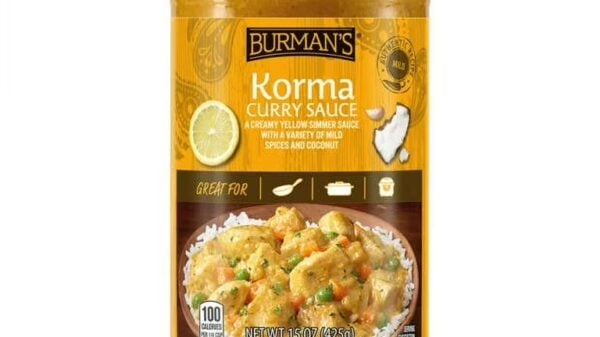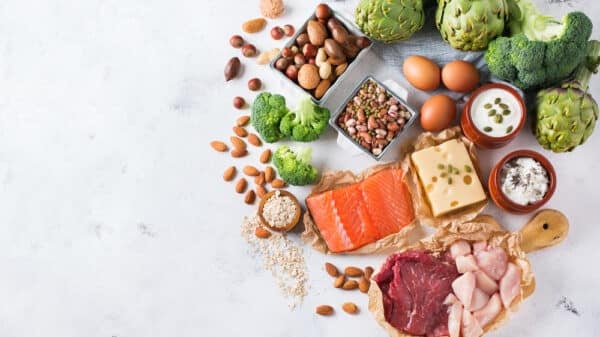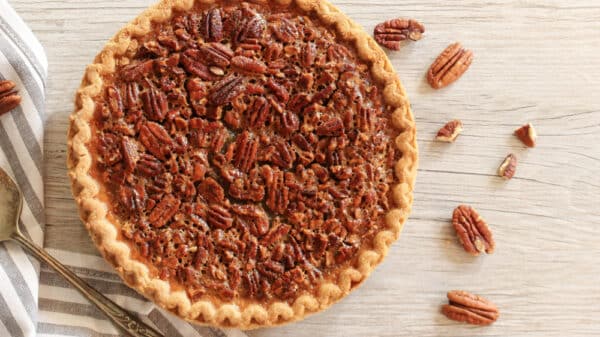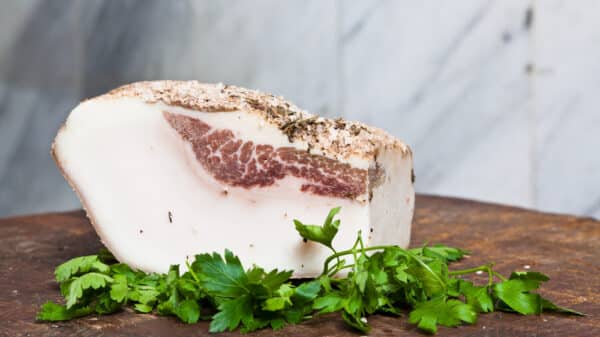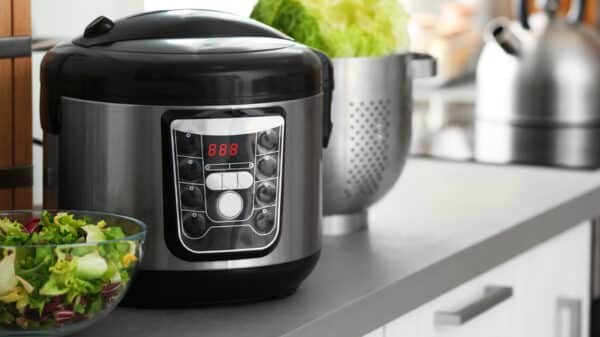What you consume has a significant impact not only on your overall health but also on your skin’s condition. Many of us can relate to the frustration of looking in the mirror and seeing blemishes pop up seemingly out of nowhere. While our genes and lifestyle choices certainly play a role in how our skin behaves, certain foods can trigger inflammation and impact hormone levels, leading to unwanted breakouts. For those looking to maintain clearer skin, dermatologists, including those from Eat This, Not That!, recommend steering clear of these seven foods that can exacerbate acne.
Oat Milk
Oat milk, once hailed as a popular alternative to dairy, has seen a sharp rise in consumption. However, this creamy, cozy drink may not be as innocent as you think. According to Dr. Karan Lal, a respected dermatologist specializing in pediatric dermatology and cosmetic surgery in Scottsdale, Arizona, oat milk is often high in carbohydrates, which can contribute to acne.
“I have seen it!” he notes, emphasizing the direct correlation he’s observed between oat milk consumption and increased breakouts. If you’re someone who loves your daily oat milk latte, you might want to take a moment to reconsider.
Whey Protein
For many fitness enthusiasts, whey protein is the go-to supplement for a quick protein boost after a workout. However, it’s essential to be mindful of its potential effects on your skin. Dr. Emily Wood, a board-certified dermatologist from Marble Falls, Texas, points out that highly concentrated whey protein can be akin to consuming an excessive amount of milk—think 6 to 12 liters at once!
The reason behind this, she explains, lies in whey protein’s ability to increase insulin levels in the body. This spike boosts Insulin-like Growth Factor 1 (IGF-1), which can lead to increased levels of hormones such as androgens and estrogen.
“Androgens, like testosterone, can significantly escalate acne production,” she cautions. Additionally, the uptick in keratinocyte proliferation—cells that form the outer layer of the skin—can lead to more clogged pores, resulting in breakouts.
High Glycemic Index Foods
High glycemic index (GI) foods—think white bread, sugary snacks, and soft drinks—are notorious for causing blood sugar spikes. This surge can trigger an inflammatory response, contributing further to acne flare-ups. As the body processes these foods, it releases insulin to stabilize blood sugar levels, which can have a cascade effect on hormone levels.
Research has shown that diets high in GI can lead to increased sebum production and inflammation. If you’ve ever experienced a breakout after indulging in a sugary snack, you can likely connect the dots between your diet and your skin’s responses.
Dairy Products
While dairy can be a rich source of calcium and protein, it can also be a prime suspect for exacerbating acne. Some studies suggest that milk, particularly skim milk, may stimulate the production of androgens. These hormones can lead to excessive oil production in pores, creating the perfect environment for acne. If dairy is a regular part of your diet, consider evaluating its impact on your skin.
Processed Foods
Packed with unhealthy fats and sugars, processed foods can wreak havoc on your skin. These foods often lack essential nutrients and are usually high in additives and preservatives. When consumed regularly, they can cause spikes in insulin and inflammation, setting the stage for breakouts. Making a shift toward whole, unprocessed foods can not only benefit your overall health but also improve your skin’s clarity.
Sugary Treats
There’s nothing quite like a sweet treat to satisfy your cravings, but sugar can be an enemy of clear skin. Foods high in sugar can lead to insulin spikes, stimulating the release of oil and promoting acne. If you find yourself reaching for candy or desserts frequently, consider replacing them with healthier alternatives to keep your skin in check.
Fast Food
The convenience of fast food can be tempting, especially on busy days. Unfortunately, these meals are often high in unhealthy fats, sugars, and refined carbohydrates, all of which can lead to inflammation and hormonal imbalances in the body. Regular consumption of fast food can create a perfect storm for acne flare-ups.
In conclusion, while navigating the world of food can be confusing, being mindful of what you eat can lead to positive changes not just for your health but also for your skin. If you’ve been struggling with acne, consider keeping a food diary to pinpoint any troubling trends. Remember, it’s all about balance; you can still enjoy your favorite foods while being mindful of their potential impact on your skin. Embrace the journey toward clearer skin, one meal at a time.High glycemic index foods can be a hidden culprit behind acne flare-ups. Think about your favorite indulgences—cookies, sugary snacks, sodas, and even everyday staples like white rice and white bread. While they might taste delicious in the moment, they come at a price for your skin. **Dr. Wood** points out that these foods spike your blood sugar levels, leading to increased inflammation and oil production.
“When you consume high-glycemic foods, your body responds by producing more insulin, which in turn can trigger the production of hormones that impact oil glands in your skin,” she explains. This isn’t just science talk—many people can trace breakouts back to those late-night cookie binges or soda-filled afternoons.
Dr. Lal echoes Dr. Wood’s sentiments, elaborating on how sugar acts as fuel for the bacteria that instigate acne. “Sugar drives inflammation and feeds acne-causing bacteria and yeast,” she explains. Rather than reaching for that candy bar, try reaching for a piece of fruit the next time a sweet craving strikes. It may take some getting used to, but your skin will thank you in the long run.
Supplements Containing Vitamin B6 or B12
If you’re one of the many people who pop vitamin B6 or B12 supplements, you might want to pump the brakes. According to **Dr. Wood**, these can actually exacerbate acne issues.
“B vitamins can change the composition of your skin microbiome,” she warns. Specifically, they alter the behavior of a particular bacteria, *Propionibacterium acnes (P. acnes)*, which plays a significant role in the formation of acne. So, before you reach for that bright-colored bottle of B vitamins, consider if it’s really worth the risk for your skin.
Excessive Intake of Iodine
Let’s shift our focus to another dietary component that could be playing a role in your skin health: iodine. While iodine is essential for many bodily functions—including healthy thyroid function—the excess can wreak havoc on your skin.
Research suggests that high levels of iodine could trigger acne outbreaks in some individuals. Foods rich in iodine, like seaweed, fish, and iodized salt, are generally healthy, but moderation is key. If you suspect that an increase in iodine is coinciding with your breakouts, it might be time to evaluate your diet and bring that intake down a notch.
Wrapping It Up
Navigating the world of diet and skin health can feel overwhelming at times, but remember: you’re not alone in this journey. By being mindful of your choices and understanding how certain foods and supplements interact with your body, you can take significant steps toward clearer skin. So instead of reaching for that sugary snack or popping those vitamins without thought, pause and ponder what you’re really putting into your body—and how it might be affecting your skin. Your efforts today can lead to a more radiant tomorrow.When it comes to managing acne, many factors can come into play, from genetics to skincare routines. However, a lesser-known aspect focuses on our diet, particularly certain ingredients that can worsen skin conditions. According to Dr. Wood, a dermatology expert, “excessive intake of iodine can worsen acne.” This insight sheds light on a surprising connection between what we consume and how our skin appears.
Iodine, prevalent in seaweed and certain kelp supplements, is often marketed as a health booster, especially in smoothies claiming to enhance skin health. However, Dr. Wood warns that these supplements may have the opposite effect, particularly if you’re battling acne. “Be careful what you are drinking; it could be making your acne worse,” she cautions. While the exact mechanism isn’t entirely understood, it’s suspected that too much iodine can exacerbate inflammation and ramp up oil production in the skin, leading to breakouts.
Switching gears, let’s talk about skim milk. Many of us choose skim milk for its lower fat content, believing it to be a healthier option. But interestingly, research indicates that this common choice may also be linked to acne flare-ups. Several observational studies suggest that teens who consume skim milk frequently report increased cases of acne.
The reasons behind this correlation could stem from various hormonal influences present in milk. For instance, hormones like androgens and insulin growth factor-1 can lead to hormonal fluctuations that might disrupt the skin’s balance. Dr. Lal elaborates on this phenomenon: “Studies have shown that skim milk is associated with acne, and we think it’s because of the higher sugar content! Instead, opt for almond milk or whole milk.”
Could soy-based proteins also contribute to your skin challenges? For those following a vegan or vegetarian lifestyle, soy is often a go-to source for protein. However, Dr. Lal cautions that excessive intake of soy might also pose a risk for some individuals. “In some patients, excessive soy intake can precipitate acne,” he says. If you enjoy soy products, it might be wise to consume them in moderation.
Navigating diet for better skin health can feel overwhelming, but understanding the potential triggers in your food can empower you to make informed choices. By staying aware of foods like excessive iodine sources, skim milk, and even soy, you can take meaningful steps toward clearer skin.
It’s essential to approach dietary changes with mindfulness and awareness. We all want healthy, glowing skin, and sometimes that means rethinking our eating habits. Whether you’re sipping on a trendy smoothie or pouring a glass of milk, considering how these choices may affect your skin can make all the difference in your journey toward clearer skin. Remember, it’s all about balance, understanding your body, and making choices that resonate with your health and wellbeing.
Image Source: Unsplash


